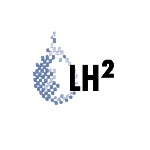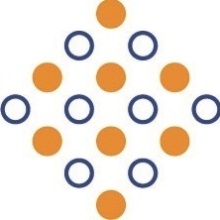- Projektbeschreibung
-
Subsurface flow and transport in uncertain heterogeneous porous media such as aquifers are poorly predictable for obvious reasons. In catchments of drinking water wells, this becomes even more complex, because it is even unknown when and where a contaminant might be released. Still, one needs to ensure the safety of supply with clean drinking water. This can be achieved with early warning systems, i.e., monitoring networks that pay special attention to the remaining time for action after a contamination has been detected somewhere in the aquifer.
The goal of this project is to develop and establish a concept to assess, design and optimize early-warning systems within well catchments. Such optimal monitoring networks need to optimize and to balance three competing objectives: (1) a high detection probability, which can be reached by maximizing the "field of vision" of the monitoring network or by monitoring close to the drinking water well, (2) a long early-warning time such that there is enough time left to install counter measures after first detection, (3) the overall operating costs, which should ideally be reduced to a minimum. The early warning time describes the remaining travel time for contaminants to the drinking water well after they have been detected in a monitoring well. The detection probability of a contamination can only be assessed correctly, if the actual dilution, the spreading, and the large-scale uncertainty of the centroid position of the contaminant are not merged in the involved transport simulation. With this method, the safety level of existing monitoring systems can be assessed and set in relation to their operation costs. Also, selective improvements can be added to existing monitoring networks to increase the safety quality at minimal costs. Another application of this method is to design new optimal monitoring networks considering the different objective functions within multi-objective optimization. The method will be based on numerical simulation of flow and transport in heterogeneous porous media coupled with geostatistics and Monte-Carlo, wrapped up within the framework of an information-theoretic analysis and formal multi-objective optimization. - Leiter
-
Nowak, Wolfgang
Bárdossy, András - Bearbeiter
-
Bode, Felix
- Abteilung
- Laufzeit
-
07/2013 - 12/2015
- Finanzierung
-
Internationales Graduiertenkolleg NUPUS
Kontakt



